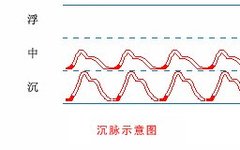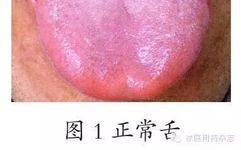Self-Study! In-Depth Learning of Pulse Diagnosis
1、Fu (Floating) The floating pulse is abundant when lifted and insufficient when pressed (《脉经》). It resembles the feathers on a bird’s back being lightly blown by a breeze, appearing light and floating, like following the elm pods (《素问》), like wood floating on water (Cui’s description), or like twisting the leaves of scallions (Li’s … Read more










